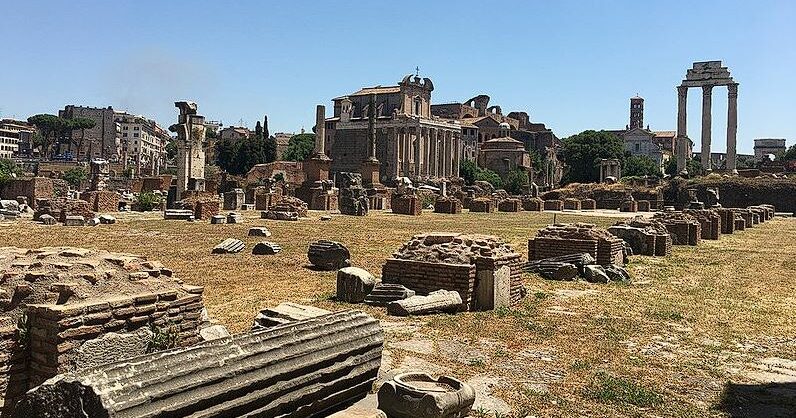Archaeologists have analysed 2,900-year-old stone carvings and a long-ignored chisel from the Iberian Peninsula, revealing that local craftspeople produced steel long before previously thought.
Intricate 2,900-year-old engravings on stone monuments from what is now Portugal in the Iberian Peninsula could only have been made using steel instruments, archaeologists have found. The discovery hints at small-scale steel production during the Final Bronze Age, a century before the practice became widespread in ancient Rome.
The 5-foot-tall (1.5 meters) rock pillars, or stelae, are made of silicate quartz sandstone and feature carvings of human and animal figures, weapons, ornaments, and chariots.
“This is an extremely hard rock that cannot be worked with bronze or stone tools,” Ralph Araque Gonzalez(opens in new tab), an archaeologist at the University of Freiburg in Germany and lead author of a new study describing the findings, said in a statement (opens in new tab). “The people of the Final Bronze Age in Iberia were capable of tempering steel. Otherwise, they would not have been able to work the pillars.” Tempering is the process of heat-treating steel to make it harder and more resistant to fracturing.
source livescience.com






































